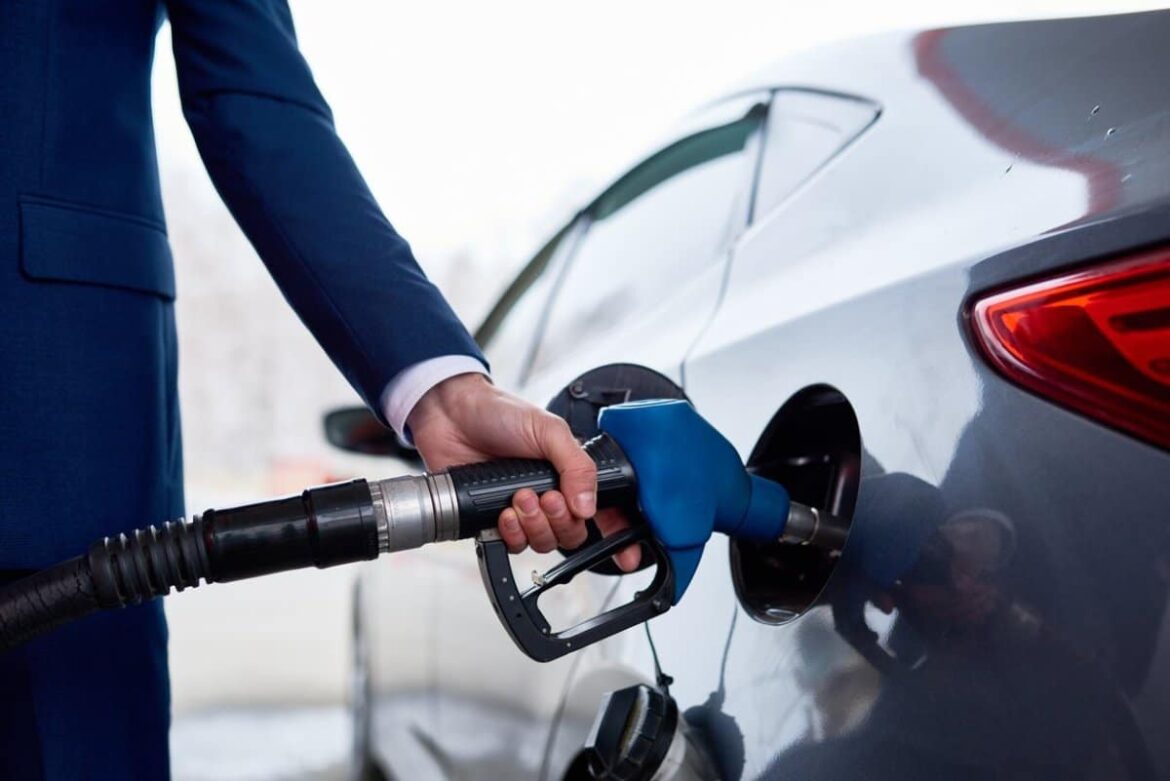1.1K
You’ve probably wondered how filling up with e-fuels is supposed to work. After all, this type of fuel is still completely uncharted territory for most people.
Fueling E-Fuels: How it works
How to refuel e-fuels is of great interest to many people.
- Fuelling is not new territory, however, as it is done at the pump, just like diesel or petrol.
- Special pumps are planned for this purpose, which will deliver the e-fuels to the vehicles in liquid form.
- So far, only a small part of the e-fuels has been mixed with petrol and diesel. However, this is to be changed in order to move away from fossil fuels.
- You then fill it normally into the tank opening of your car, into which you normally always fill diesel, or petrol.
- You don’t even need a new car for this, as diesel and petrol engines tolerate the synthetic substitute well.
- During 2023, selected filling stations are to offer fuel with e-fuels. You will find out which ones these will be when the time comes on the official e-fuels website.
- There are no exact price details for the e-fuels yet. Realistically, the costs will be between 3 and 5 euros per litre at the beginning. These prices could become cheaper over time should the fuel be subsidised.
These are the arguments for and against e-fuels
If you are not a proponent of e-cars, you may be thinking about filling up with e-fuels to contribute to climate protection. These are some pros and cons.
- E-Fuels are more environmentally friendly than fossil fuels, especially if they are produced with the help of renewable energy sources.
- Another argument in favour of e-fuels is that filling station networks are preserved, as e-fuels can be refuelled at them.
- When the e-fuels are burnt in your combustion engine, fewer pollutants are released than with conventional fuels.
- But where there are advantages, you will also find disadvantages. For example, e-fuels are expensive.
- In addition, the energy efficiency is poor. It is only 44 percent according to the environmental association “Transport and Environment”.
- To compare the energy balance: if you were to charge the electricity needed for e-fuels directly into an e-car, you could drive an estimated four times as far with the same amount of electricity.
- Since e-fuels are only just emerging, there are not yet filling stations offering e-fuels everywhere.
- Another difficulty is that there is not yet enough renewable energy capacity in Germany to produce enough e-fuels.
